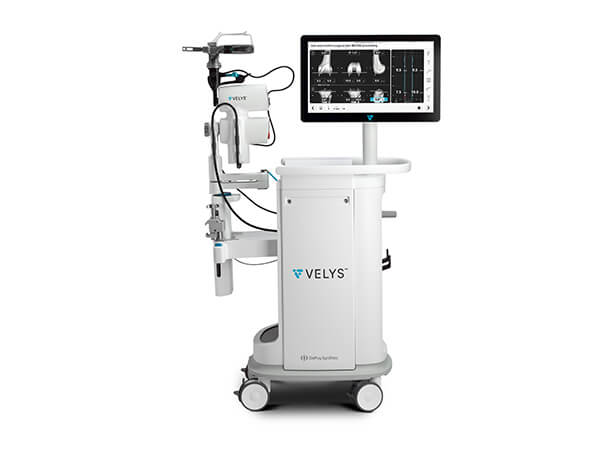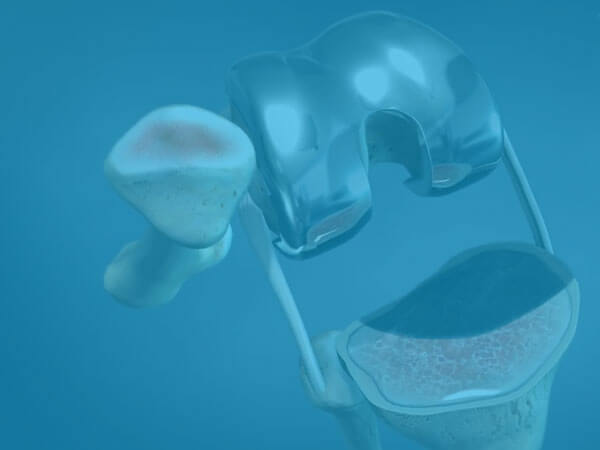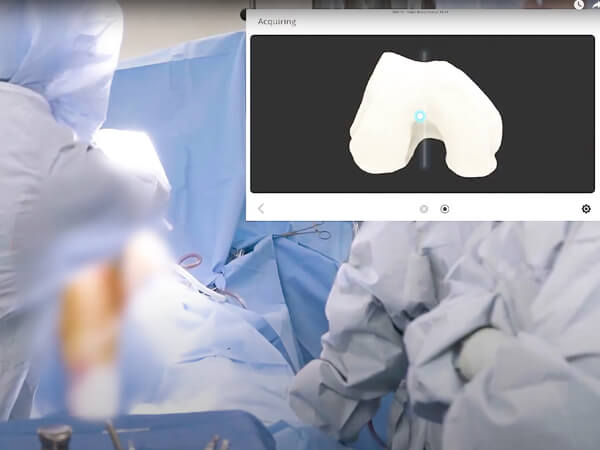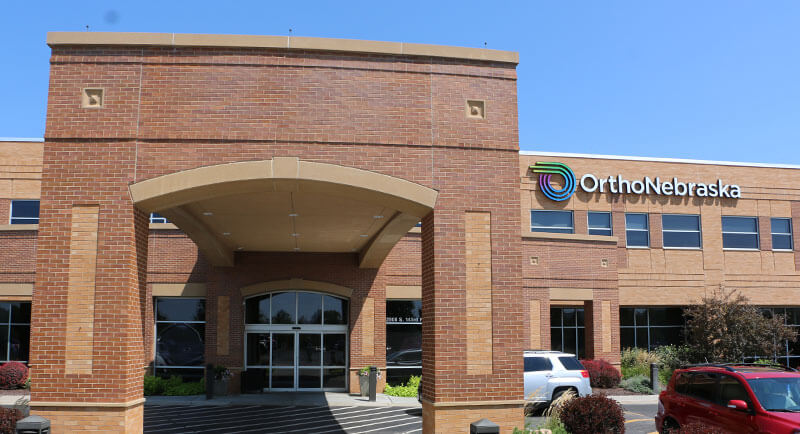What is a Robotic-Assisted Knee Replacement?
From a patient’s perspective, robotic-assisted knee replacement is mostly the same as traditional knee replacement. However, the surgeon, while still controlling everything that happens during surgery, is aided by the robot’s ability to measure the patient’s anatomy and deformity to customize the knee replacement to the patient’s needs. It then can make extremely precise cuts with just a 0.8-millimeter margin of error throughout the procedure. The goal is to restore the patient’s knee to its full pre-arthritic function, and the robot’s detailed anatomical mapping helps the surgeon do that.
There are a number of robotic solutions available, but OrthoNebraska uses the Velys robotic-assisted solution because of its precision and ease of use for our surgical teams.
Who should have a Robotic-Assisted Knee Replacement?
Anyone who is a proper candidate for total knee replacement or knee revision is appropriate for using robotic-assisted technology. There is no specific factor that would cause a surgeon to either recommend or not recommend robotic-assisted knee surgery to a patient. For a very small number of patients with particularly unusual anatomy, a robotic-assisted solution may be more helpful than in most cases. Mostly, the decision to perform robotic-assisted surgery is driven by the familiarity and comfort level of the surgeon who is performing your total knee replacement. If having surgery done using this newer technology is important to you, we recommend you select one of OrthoNebraska’s surgeons who use it when scheduling your initial appointment for knee pain.
Does Robotic-Assisted Knee Replacement work?
Knee replacement is considered the gold standard for relief from knee pain after conservative treatments have failed. However, a small percentage of patients have complications or had their new joints fail earlier than expected. The idea behind robotic-assisted knee replacement is to reduce the variability in how the surgeon repairs not only the new joint, but also soft tissues surrounding it, which may lead to better outcomes. Some early research studies suggest that modern robots may improve range of motion, offer pain reduction and allow patients to more quickly walk independently (without assistive devices) after surgery. Because robot technologies vary and have evolved a lot in the past few years, long-term studies must be done before more definitive evidence emerges. Surgeons who are adopting robotic technologies expect complication and early failure rates to go down over time, and patient-reported outcomes and satisfaction to increase.
What does Robotic-Assisted Knee Replacement cost?
OrthoNebraska’s hospital has made an investment in this technology because its surgeons believe in its potential to positively impact their patients. There is no additional cost to patients for this technology, and it is billed the same as any knee replacement or revision. For a cost estimate, please contact our patient financial services team at (402) 609-2423.
What can I expect when I have a Robotic-Assisted Knee Replacement?
Robotic-assisted surgery doesn’t result in many changes compared to traditional knee replacement around the surgical process, including before or after surgery.
After your surgery is scheduled at OrthoNebraska Hospital, a nurse navigator will reach out to you to discuss your needs and encourage you to review our online educational videos and guide to help you prepare.
Some examples of things we will encourage you to do:
- Plan on having some help at home for the first few weeks after your procedure, although people do go home alone if necessary after total knee replacement.
- Plan ahead at home and think about ways to make maneuvering around your house and kitchen easier, clearing obstacles out of the way, and removing large rugs.
- Make sure all handrails are secure and that loose cords are tucked away to prevent falling.
You may need a pre-surgical physical from your primary care doctor and possibly other specialists such as Cardiology and/ or Pulmonology to ensure you are healthy for surgery at OrthoNebraska. After you check in at the hospital on the day of surgery, you will speak with your physician and Anesthesiologist before surgery. The anesthesia team will discuss the various levels of sleep you might be appropriate for based on your individual needs, which may include a nerve block, spinal, or general anesthesia. Your surgery will likely take approximately 1-2 hours. Following surgery, you will be in the recovery room for another 1-2 hours before going upstairs to your private room.
Once you are settled in your room, your therapy team and nurse navigators will work with you and your doctor to monitor your progress toward independence with your discharge goals. After you leave the hospital, you may have outpatient physical therapy, depending on your situation and preferences. Whether you are going home with help or alone, you can feel confident that your discharge plan is safe for you.
Full recovery may take about a year, dependent on your general health and dedication to measured progress in therapy.










